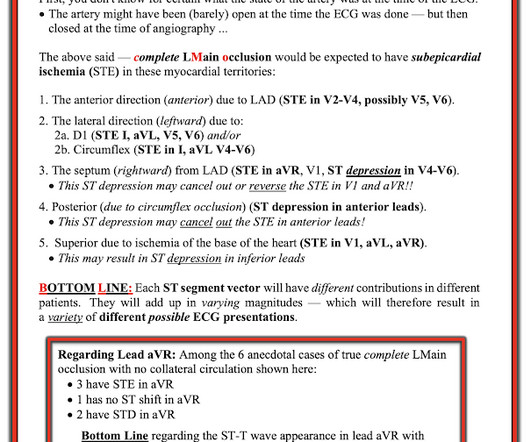EFFECTS OF PTEROSTILBENE ON HEART AND LUNG OXIDATIVE STRESS PARAMETERS IN TWO EXPERIMENTAL MODELS OF CARDIOVASCULAR DISEASE: MYOCARDIAL INFARCTION AND PULMONARY ARTERIAL HYPERTENSION
Journal of Cardiovascular Pharmacology
APRIL 4, 2024
Myocardial infarction (MI) and pulmonary artery hypertension (PAH) are two prevalent cardiovascular diseases. This study aims to evaluate the effect of PTE on oxidative stress in the hearts of animals with myocardial infarction and in the lungs of animals with PAH. Male Wistar rats were used in both models.












Let's personalize your content